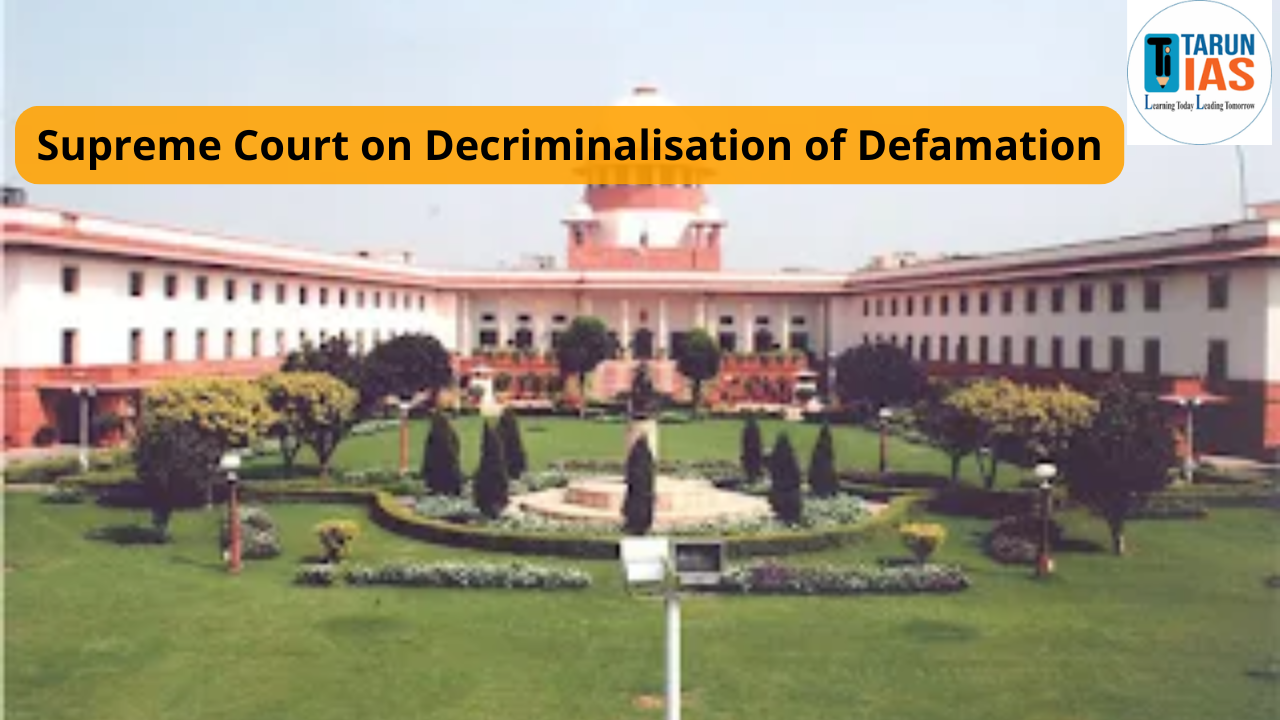Sunga and Kanva Dynasty in Post Mauryan Period
The Sunga and Kanva dynasties marked a transitional phase in Indian history following the fall of the Mauryan Empire.
- These dynasties played a crucial role in shaping political, cultural, and religious developments in ancient India.
Sunga Dynasty (185–73 BCE) in Post Mauryan Period
The Sungas succeeded the Mauryan Empire in Magadha and its neighboring provinces, marking a significant shift in the political landscape.
- Founding of the Sunga Dynasty:
-
- The Sunga dynasty was established by Pushyamitra Sunga, a Brahmana and former commander-in-chief under the Mauryas.
- In 185 BCE, Pushyamitra assassinated the last Mauryan ruler, Brihadratha, and seized the throne.
- He set up his capital at Vidisha.
-
- Sources Mentioning the Sunga Dynasty:
-
- The Puranas and Banabhatta’s Harshacharita refer to Pushyamitra’s usurpation of the Mauryan throne.
- Patanjali’s Mahabhasya and Yugapurana provide evidence of Greek incursions during the Sunga rule.
-
- Military Campaigns and Foreign Invasions:
-
- Pushyamitra faced Greek invasions and successfully defended territories such as Pataliputra.
- He launched campaigns against Kharavela of Kalinga and fought battles with the Bactrian Greeks (Yavanas).
-
- Religious Policies:
-
- Pushyamitra was a strong proponent of Brahmanism and revived traditional practices like the Ashvamedha Yajna (horse sacrifice).
- Although Buddhist sources like the Divyavadana accuse him of destroying Buddhist monasteries, archaeological evidence suggests he patronized Buddhist art, notably at Bharhut and Sanchi.
-
- Notable Rulers:
-
- After Pushyamitra’s death in 149 BCE, his son Agnimitra ascended the throne and ruled for eight years.
- Agnimitra is the hero of Kalidasa’s play Malavikagnimitra.
- Vasumitra and Bhagabhadra were significant rulers during this era.
- Bhagabhadra’s court hosted Heliodorus, the Greek ambassador from Antialkidas, who erected the famous Heliodorus Pillar in Vidisha.
- After Pushyamitra’s death in 149 BCE, his son Agnimitra ascended the throne and ruled for eight years.
-
- Decline of the Sunga Dynasty:
-
-
- The Sungas gradually lost control over their territories and were confined to Magadha and Central India.
- The dynasty ended when the last ruler, Devabhuti, was assassinated by his minister Vasudeva Kanva, who established the Kanva dynasty.
-
Significance of the Sunga Dynasty
The Sungas defended the Gangetic valley from foreign invasions, particularly those of the Bactrian Greeks.
-
- They restored the power and prestige of the Mauryan Empire to some extent.
- Their rule saw the revival of Brahmanism, the resurgence of Vaishnavism, and the promotion of Sanskrit literature and culture.
- The Sunga era laid the groundwork for the Golden Age of the Guptas.
Kanva Dynasty (73–28 BCE) in Post Mauryan Period
- The Kanva dynasty succeeded the Sungas and marked the final phase of Brahmanical rule in the region before the rise of the Satavahanas.
- Establishment of the Kanva Dynasty:
- The dynasty was founded by Vasudeva Kanva, who assassinated Devabhuti, the last Sunga king.
- Vasudeva ruled for approximately 45 years and was succeeded by rulers like Bhumimitra, Narayana, and Susharman.
- Rule and Decline:
- The Kanvas maintained control over Magadha but did not achieve significant territorial expansion.
- Their rule ended when the Satavahanas overthrew the Kanva dynasty.
|
UPSC Articles |
|
| UPSC Interview | UPSC Interview Marks |
| UPSC Syllabus | UPSC Exam Pattern |
| UPSC Eligibility | UPSC Age Limit |
| UPSC Selection Process | UPSC Cut off |














